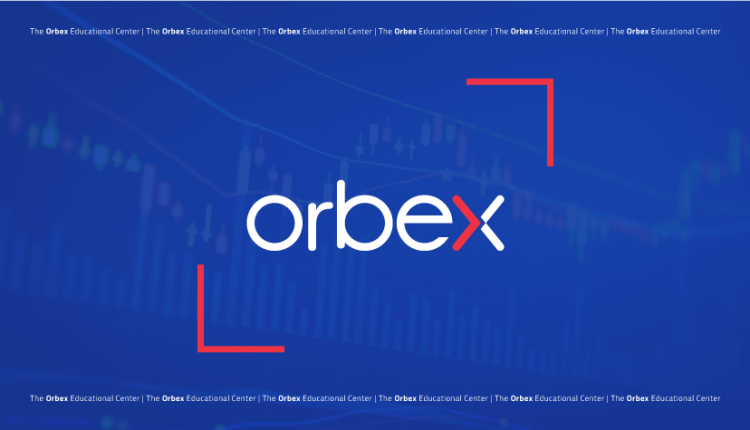Trading like a CFO – Control

Control is unfortunately quite frequently the most forgotten aspect not just of trading, but of management in general. In this context it means comparing the final results with the original plan, seeing if they match and figuring out what can be learned from the experience, so as to either replicate successes or diminish future losses.
It’s this lack of financial control that leads most businesses to fail – including Fortune 500 ones – so it’s no surprise that it can have similar deleterious effects on traders. So, how would a CFO use control in Forex?
Controlling the key to success
Once you’ve made your plan, organized how you’ll make it work and executed it, then comes the time to verify if everything worked out according to plan. Too often traders feel this is a boring exercise and just jump into the next trade. But this is where you figure out how much you actually made in trading, and how you can make even more. It helps to keep that in mind when addressing this aspect of trading.
As mentioned previously, you very much want to write down your trading plan and keep a trading log, and this is when that comes in handy. When you started trading, you probably had a goal of a certain amount of profitability, say, a certain number of pips per trade. To know if this is working, you have to keep a record of the number of trades you have, and how many pips of profit and loss you have. Then you can divide the total number of pips by the number of trades and find out if you are on track – and if not, you’re going to want to know why.
Trade like the pros
A regular activity of most pros is to constantly go over their prior trades, using different mechanisms to tease out data from their experience to replicate. One of those aspects is to keep a spreadsheet with their trade data so they can visually compare through graphs, how their trading has been going, figuring out what time of day they are most profitable, which currency pairs work best, etc.
Another common tactic is to back-test over their results: after a given time of trading, for example, say a week, they will backtest their strategy over the same week they traded, to see how their strategy should have worked, and compare it to their actual performance. Then figure out why they didn’t enter a trade when their strategy said they should; or why they entered a trade outside of their strategy.
Aside from your own analysis, traders will often compare notes with other traders (since traders aren’t really competing against each other) in online forums, or with a group of trading buddies. Having another trader you trust to look over your numbers can help you spot flaws in your trading that you can improve on – and you can return the favor in exchange.
Trading is a science, and science means data
One of the chief reasons that traders tend to neglect this step in their trading is that it involves a lot of second-guessing themselves and finding they made mistakes. That is understandably not fun, but it’s also how you stop making those mistakes and ultimately make a lot more money.
A few years ago, an NYSE-listed forex company surveyed their traders, comparing successful traders who consistently grew their accounts with those who hadn’t much luck. One of the interesting discoveries wasn’t that the successful traders got more trades “right”; it was that they were able to recognize when their trade was wrong and stop it before losing too much.
A fundamental, if not so appealing aspect of trading is managing your exposure and having a realistic outlook about your trading. And that requires keeping good records.
Like the inimitable Adam Savage of Mythbusters fame said, “the difference between goofing around and science is writing stuff down”… if there is one thing you pick up from this series of articles on how to trade like a CFO, it should be to write down your plan and write down your results. It’s science!




![Credit Card 160×600 [EN]](https://assets.iorbex.com/blog/wp-content/uploads/2023/06/13144507/Blog-Banner_EN-Banner_160X600X2.webp)